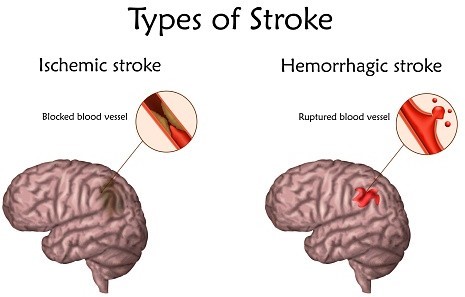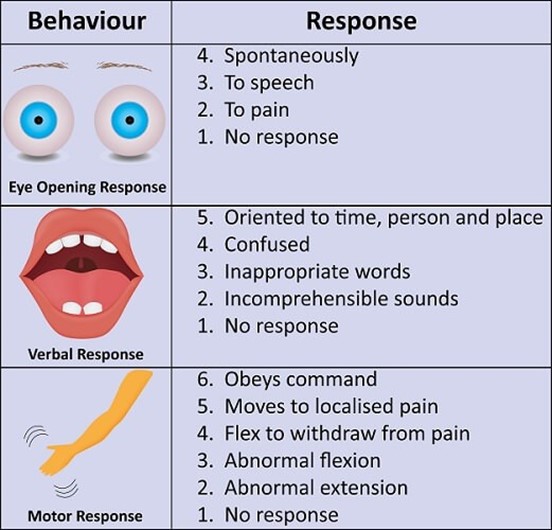A nurse is planning care for several clients and is considering the clients' risk for stroke. Which of the following conditions places the client at risk for an ischemic embolic stroke?
A client who has an arteriovenous malformation
A client who has thrombocytopenia
A client who has chronic atrial fibrillation
A client who has uncontrolled hypertension
The Correct Answer is C
A client who has chronic atrial fibrillation is at risk for an ischemic embolic stroke. An ischemic embolic stroke occurs when a blood clot that forms in one part of the body travels to the brain and blocks blood flow. Atrial fibrillation is a type of irregular heart rhythm that can cause blood to pool, thicken, and clot in the heart or arteries near it. Pieces of these clots can travel to the brain and cause an ischemic embolic stroke.
a. A client who has an arteriovenous malformation is not at risk for an ischemic embolic stroke.
b. A client who has thrombocytopenia is not at risk for an ischemic embolic stroke.
d. A client who has uncontrolled hypertension is at risk for a stroke but not specifically an ischemic embolic
stroke.

Nursing Test Bank
Naxlex Comprehensive Predictor Exams
Related Questions
Correct Answer is D
Explanation
An appropriate conclusion based on this data is that the client opens his eyes when spoken to. A GCS score of 3 for eye opening indicates that the client opens his eyes in response to voice.
The client is not unconscious, as a GCS score of 3 for eye opening indicates that the client is able to open his eyes in response to voice. The client is not unable to make vocal sound, as a GCS score of 5 for best verbal response indicates that the client is able to make vocal sounds. The client may or may not be able to follow simple motor commands, as a GCS score of 5 for best motor response indicates that the client is able to localize pain.

Correct Answer is C
Explanation
When contributing to the plan of care for a client to achieve the outcome of functional healing of a fracture, the highest priority nursing intervention to assist in meeting this outcome is to maintain immobilization and alignment for the client. This helps to ensure that the bones are in the correct position to heal properly and can prevent complications such as malunion or nonunion.
a. Promoting independence in activities of daily living for the client is important, but it is not the highest priority intervention for achieving functional healing of a fracture.
b. Providing relief from pain and discomfort for the client is important, but it is not the highest priority intervention for achieving functional healing of a fracture.
d. Providing optimal nutrition and hydration for the client is important, but it is not the highest priority intervention for achieving functional healing of a fracture.
Whether you are a student looking to ace your exams or a practicing nurse seeking to enhance your expertise , our nursing education contents will empower you with the confidence and competence to make a difference in the lives of patients and become a respected leader in the healthcare field.
Visit Naxlex, invest in your future and unlock endless possibilities with our unparalleled nursing education contents today
Report Wrong Answer on the Current Question
Do you disagree with the answer? If yes, what is your expected answer? Explain.
Kindly be descriptive with the issue you are facing.
